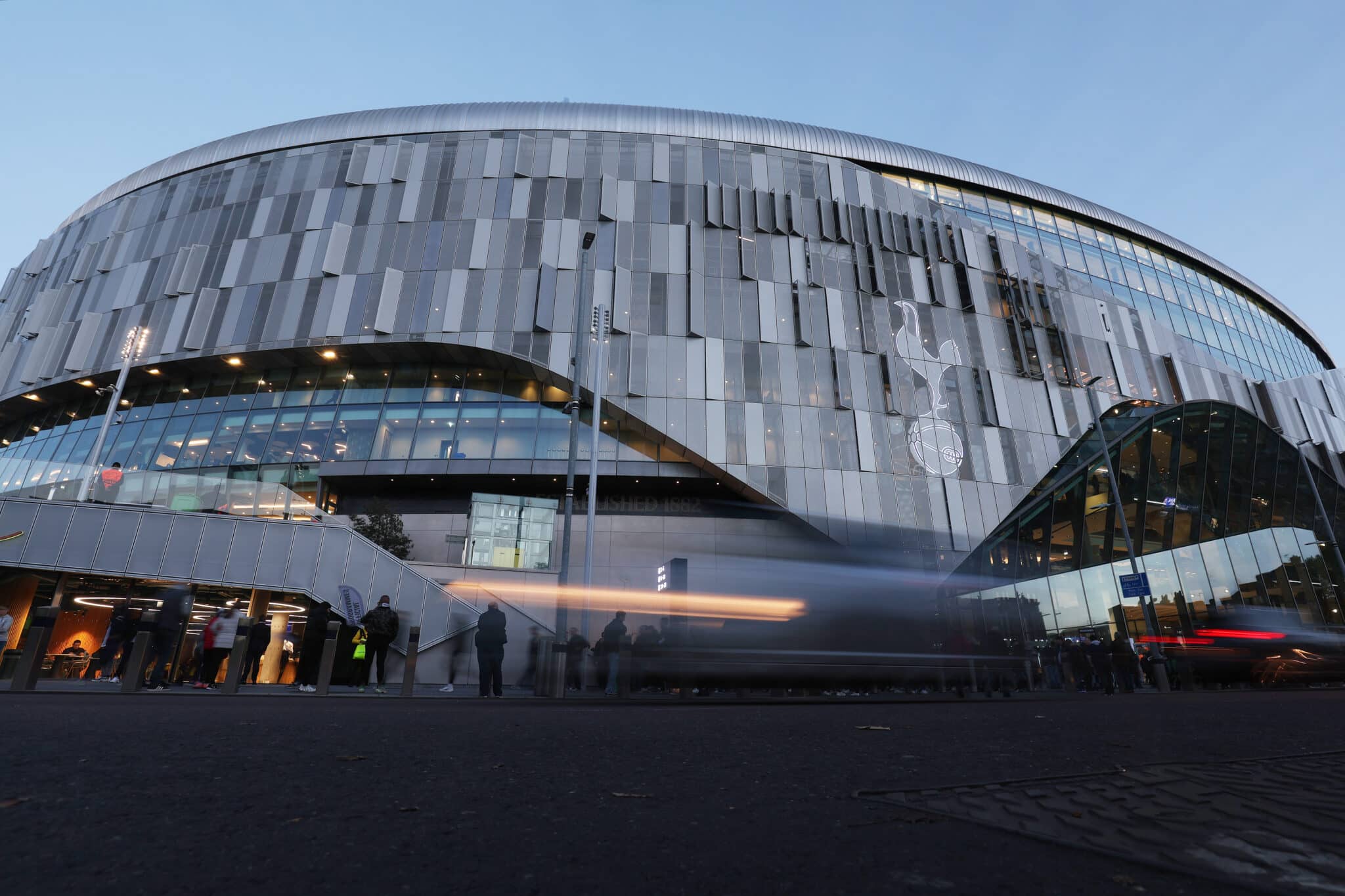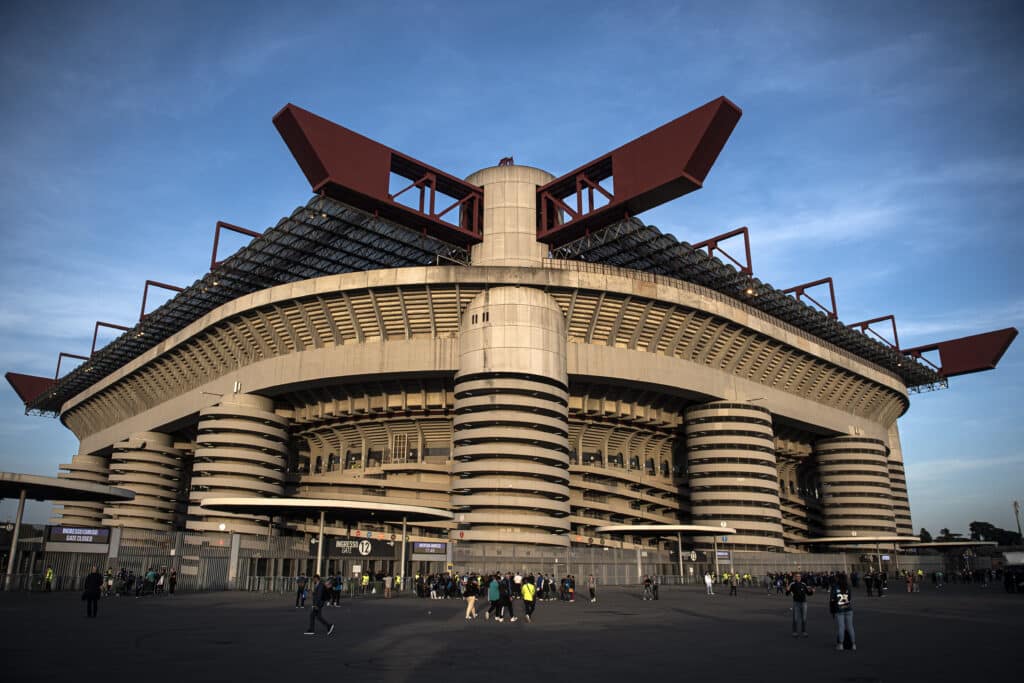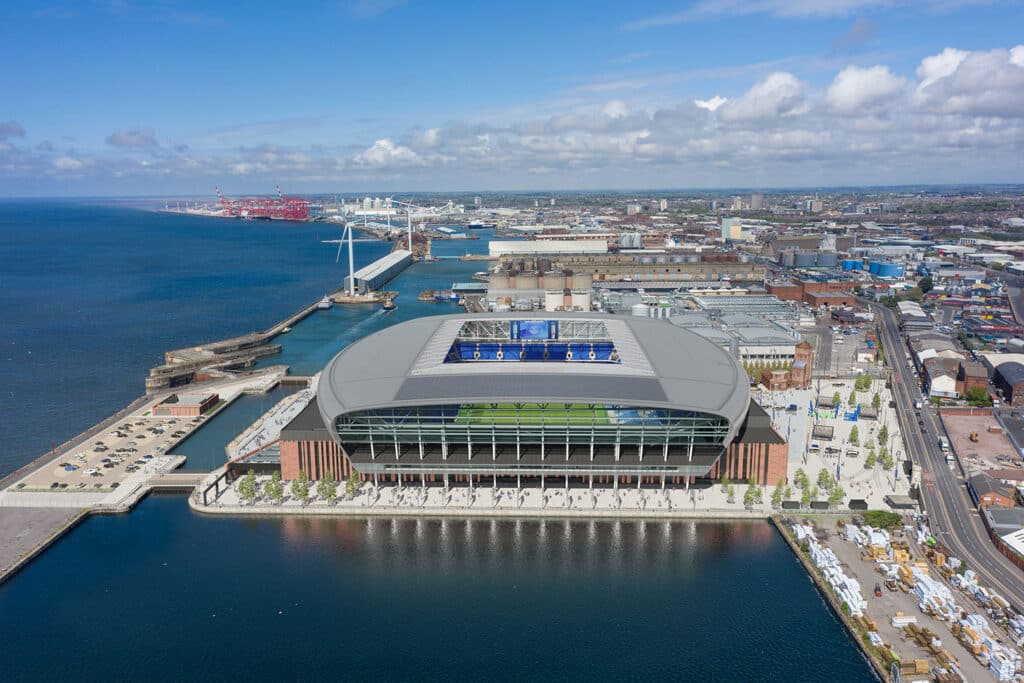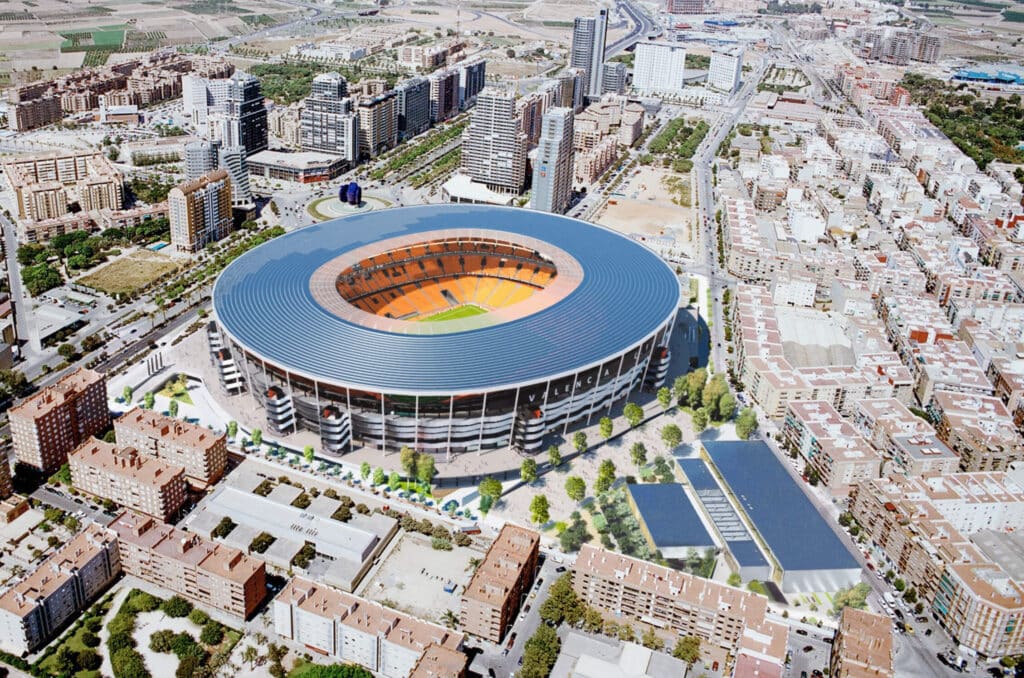The Future of Football Stadiums: The Best Venues On Their Way

Football stadiums have evolved far beyond their humble brick, mortar, and grass beginnings. No longer just places for weekend matches, they’ve become vibrant, multipurpose venues that host a diverse range of activities and experiences. Today’s stadiums are cutting-edge architectural wonders, designed to accommodate everything from concerts and conferences to retail parks and more.
The new Tottenham Hotspur Stadium has been a game-changer in this revolution, featuring a built-in microbrewery, a thrilling F1 simulator experience, and even a skyline walk that offers breathtaking views. It’s also hosted global superstars like Beyoncé and Travis Scott, as well as the NFL London games, making it a true entertainment powerhouse.
Not to be outdone, Real Madrid’s revamped Santiago Bernabéu has hosted major events with artists like Karol G and Taylor Swift, while boasting the capacity for massive gate receipts with its expanded facilities. As football clubs across the world seek to capture this spirit, a new generation of stadiums is emerging. Here’s a look at some of the most exciting venues set to redefine the future of football.
Tears flow as #Spurs play their first game at their new £1billion "#Tottenham Hotspur Stadium, beating Crystal Palace 2-0.#PremierLeague #London pic.twitter.com/X9NU153QlT
— 365Scores (@365Scores) April 4, 2019
Groundbreaking Football Stadiums
San Siro (Milan, Italy) – New Milan Stadium
AC Milan and Inter Milan have proposed replacing the iconic San Siro with a state-of-the-art stadium called “La Catedral,” designed by Populous. The new football stadium, expected to be smaller than the current San Siro with a capacity of 65,000 seats, will feature modern facilities, a 50,000 square meter park, underground parking, a 17-story double tower, shopping centers, and a congress center. It will help both clubs generate additional revenue, estimated at €120 million annually.
It is still in the proposal phase, and it is possible that the two sides remain at the San Siro. It is listed as a site of national cultural heritage, so the Italian government is keen for them to remain there. Time will tell…

Camp Nou (Barcelona, Spain)
This will be one of the most incredible football stadiums. Camp Nou is undergoing a major renovation, with plans to increase capacity from 99,354 to 105,000 seats. Upgrades include a retractable roof covered in solar panels, a 360-degree screen, and improved security. An environmental focus will see rainwater collection and recycling on-site, along with the construction of a hotel, office complexes, an ice rink, and a basketball arena nearby.
The renovations, which began in June 2022, are expected to be completed by the 2025-26 season. Barcelona need their stadium back so they’ll do anything to cut time. They need the gate receipts – their finances have taken a big hit in recent years and they will be excited to start raking the Euros back in.
The #CampNou was unveiled as #Barcelona’s new stadium exactly
years ago today. What is your best memory from that stadium?#Barca #FCB #LosCules #MesQueUnClub #365Scores pic.twitter.com/ota37qTSq5
— 365Scores (@365Scores) September 24, 2021
Everton Stadium (Liverpool, UK) – Bramley-Moore Dock
Everton’s new football stadium, located on Liverpool’s historic waterfront, will bring a modern football venue with an estimated capacity of 52,000 seats. The design honors the city’s maritime heritage, and the project is expected to bring significant economic benefits to the region, with thousands of jobs and a boost to the local economy once completed. The stadium will also be capable of hosting concerts and other events, making it a key entertainment hub for Liverpool.
The only problem? If Everton get relegated this year, they won’t make nearly as much money as they would’ve expected to. They’ve played in every season of the Premier League so far, but this season will be a real fight to stay up.

Stadio della Roma (Rome, Italy)
Roma’s new football stadium, Stadio della Roma, aims to be an eco-friendly, modern venue. Expected to be a major addition to Rome’s infrastructure, it will feature a fan village, restaurants, and entertainment zones. The design emphasizes sustainability and includes facilities that could host concerts and other non-football events, helping to transform the stadium into a year-round destination. It’s expected to break ground next year in 2025 and replace their current Stadio Olimpico in 2027. The project is expected to cost €1 billion (despite A.S. Roma publicly stating it will cost half that amount), making it the most expensive stadium in Italy.
Nou Mestalla (Valencia, Spain)
Valencia CF’s Nou Mestalla has experienced years of delays, but recent developments show a renewed push to complete the project, with potential finishing by 2025. The stadium, once intended to seat 80,000, may still achieve this capacity, making it one of the largest football stadiums in Spain.
The project includes a hotel and office blocks around the venue, aiming to increase visitor numbers. The completion of Nou Mestalla is expected to have a positive impact on Valencia’s economy and offer a state-of-the-art home for the club. Ahead of the World Cup in 2030, Valencia will make a big push to have their new football stadium as a host venue!

The New, Old Trafford (Manchester, England)
No more leaky roof… hopefully! Manchester United’s proposed new stadium will replace Old Trafford on the surrounding land around the existing stadium. The current football stadium’s aging infrastructure just can’t cut it anymore and INEOS, the new owners in charge of footballing operations, are keen to make a change.
Expected to be a top-tier football stadium, this redevelopment could potentially increase the seating capacity to around 100,000, ensuring that Manchester United continues to have one of the largest stadiums in the Premier League. The new design will aim to enhance the matchday experience, bringing advanced facilities and increased revenue opportunities.
The Sir Alex effect#Ferguson #SirAlex #ManchesterUnited #Manchester #United #ManUtd #MUFC #RedDevils #OldTrafford #365Scores pic.twitter.com/3BA4dF9G8f
— 365Scores (@365Scores) December 10, 2023
New Flamengo Stadium (Rio de Janeiro, Brazil)
Flamengo’s planned new stadium aims to be one of the largest in Brazil, providing the club with a dedicated home ground. The design will likely prioritize fan experience and may include amenities such as restaurants, retail spaces, and hospitality suites. This stadium would give Flamengo greater autonomy over ticket revenue and other matchday earnings, ensuring long-term financial stability for the club. They’ve only recently purchased the land, so it’s expected that construction won’t start for a while.
Regardless, it signals a commitment to investing in Brazil and Brazilian football. It is a hub for the beautiful game, and it should be treated accordingly. This is a really positive sign and it will be a fantastic football stadium!
Hassan II Stadium (Morocco National Team)
The Hassan II Stadium, set to be a world-class venue, will have a massive seating capacity of 115,000, making it one of the largest football stadiums in the world. This impressive structure is being developed in preparation for the 2030 FIFA World Cup, which Morocco is co-hosting with Spain and Portugal.
The football stadium is expected to feature cutting-edge amenities, enhancing Morocco’s ability to host major international football events. Its completion will significantly boost the country’s sporting infrastructure and establish it as a central hub for football in the region, offering the national team a powerful home advantage during competitions.
Designed by Populous in partnership with Paris-based architects Oualalou + Choi, the spectacular 115,000-capacity Stade Hassan II in Casablanca, Morocco, will be the largest football stadium in the world.
— Populous (@Populous) August 21, 2024
Read more: https://t.co/Y7Yh5NaOQi pic.twitter.com/hrNyKFXyzw
By Nicky Helfgott – NickyHelfgott1 on X (Twitter)
Keep up with all the latest football news and Premier League news on 365Scores!




